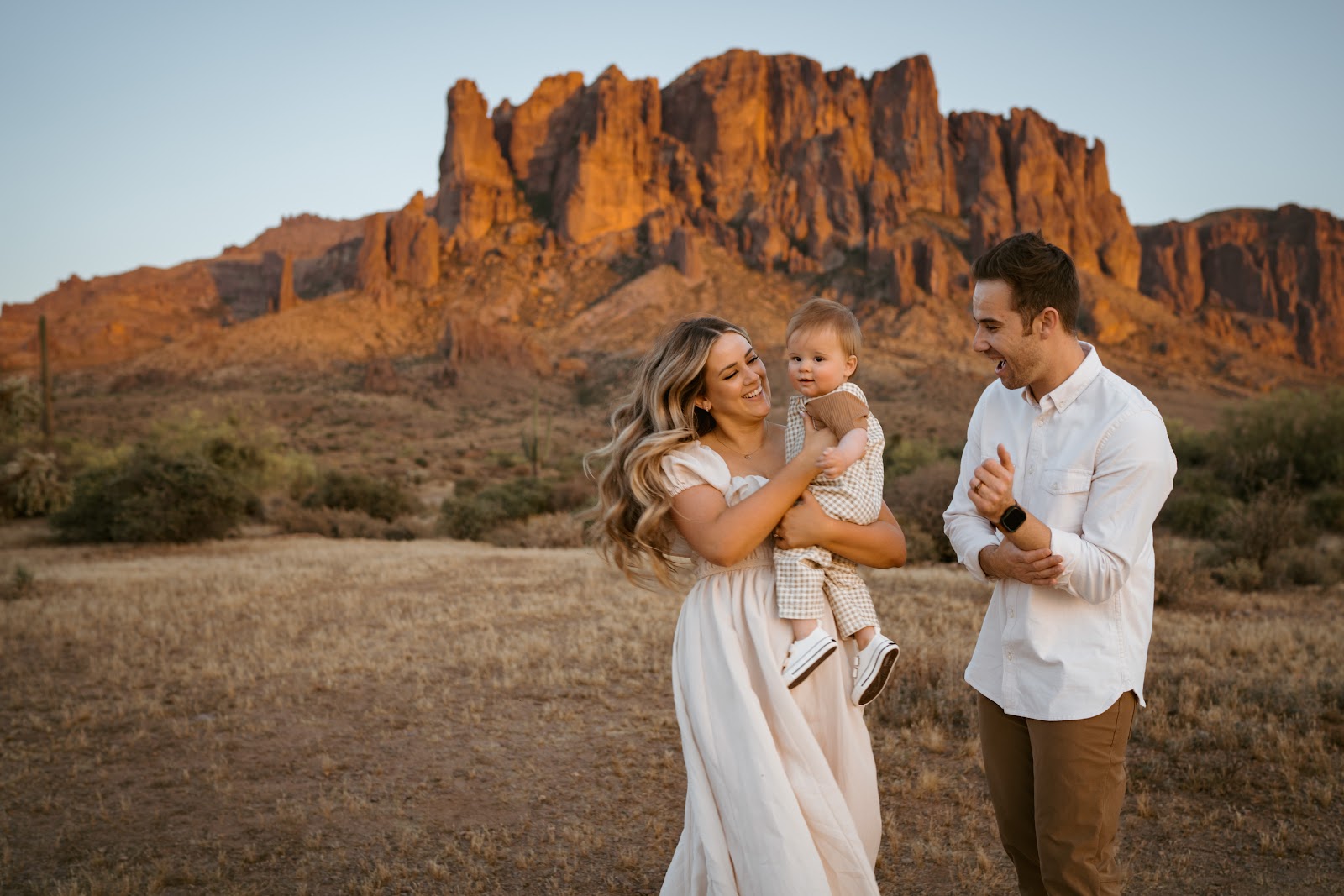I've been wanting to throw this pattern combination together forever, but I guess I never found a floral that I really liked, or wasn't brave enough to try it until I discovered the fabric for this skirt in the clearance bin at Hancock. I found it while I was still pregnant with Barrett, but I knew exactly what I was going to do with it once I had my body back.
By-the-way, did you know that Hancock is closing? Yeah, the whole store. Everywhere. Closing. I'm bummed.
If you didn't notice, it was pretty windy the day I took these pictures, but I decided to just role with it. I LOVE the midi length of this skirt because I don't have to worry about wind blowing it in such a way that all will be revealed... or sitting down and all will be revealed... or crossing my legs and all will be re-... anyway, you get it. I love the midi length. Plus, the print is stellar and the fabric is so smooth and silky, and doesn't wrinkle easy. Love. It.
So, it's been a while since I wrote up a tutorial for sewing or anything, and while I don't have photos to give you a full tutorial of how to make this skirt, I thought it would be SUPER helpful to explain to you the mathematics behind the pleats. Sure, you can eyeball it and that's fine, but things go a lot more smoothly if you can figure out the math. So here we go!
Step 1: measure
Decide where you want the top of your skirt and measure around your waist. My measurement was about 32".
Step 2: panel width
Divide your waist measurement by 2, then multiply by 3.
48"
This is the width of each panel (front and back)
when you're buying/cutting your fabric, add an extra inch for a half inch seam allowance on either side
Subtract half of your waist measurement from your panel measurement (48-16)
What is left over is how much fabric you have to work with for your pleats (32")
Step 4: pleat measurement
For this skirt, I chose to do 5 knife pleats, which means there are 10 places I bunched the fabric up to create a pleat, and 6 "show" areas.
First we'll figure out how much fabric each pleat will use up.
Divide the amount of fabric you have to make pleats for (32") by how many pleats you're making (32/10 = 3.2 or 3 and 1/5)
*converting decimals into fractions will help you get the measurements right with your measuring tape.
The answer to this equation is how much fabric each pleat will use up.
Step 5: "show" area measurement
So you have 6 areas between the pleats that will show. Divide half the width of your waist measurement and divide it by 6 (16/6=2.67 or 2 and 2/3).
The answer to this equation is how much fabric each "show" area will be.
*you can double check your work by multiplying the answer to the "show" area measurement by 6, then multiply the answer to the pleat measurement equation by 10 and add the two together and see if it equals the panel width.
(6 x 2.67) + (10 x 3.2) =
16.02 + 32= 48.02
Step 6: add 1/2" for seam allowance
Make sure you add half an inch on either end of the panel for seam allowance!
And that! Is how it's done. (COOL BEANS!) Just keep the big picture of the panel and pleats in mind and you'll be able to reason it all out in your mind. I often draw a picture of the panel and pleats to help me get a clear picture/idea in my head.
Any requests for another tutorial? Any questions? Leave a comment!
Good luck, guys! Thanks for stopping by today!




















Ooh, I LOVE this outfit! I have a soft spot for flowers and stripes!
ReplyDelete